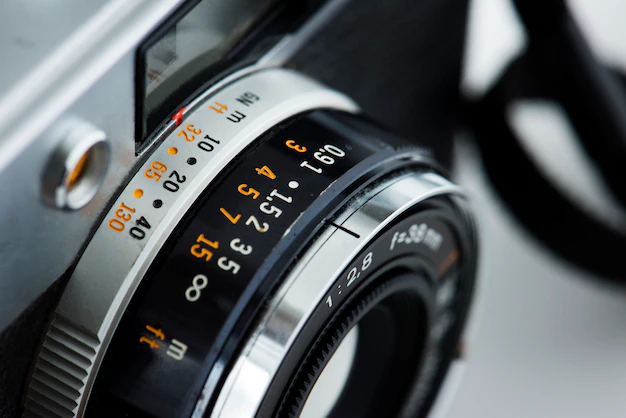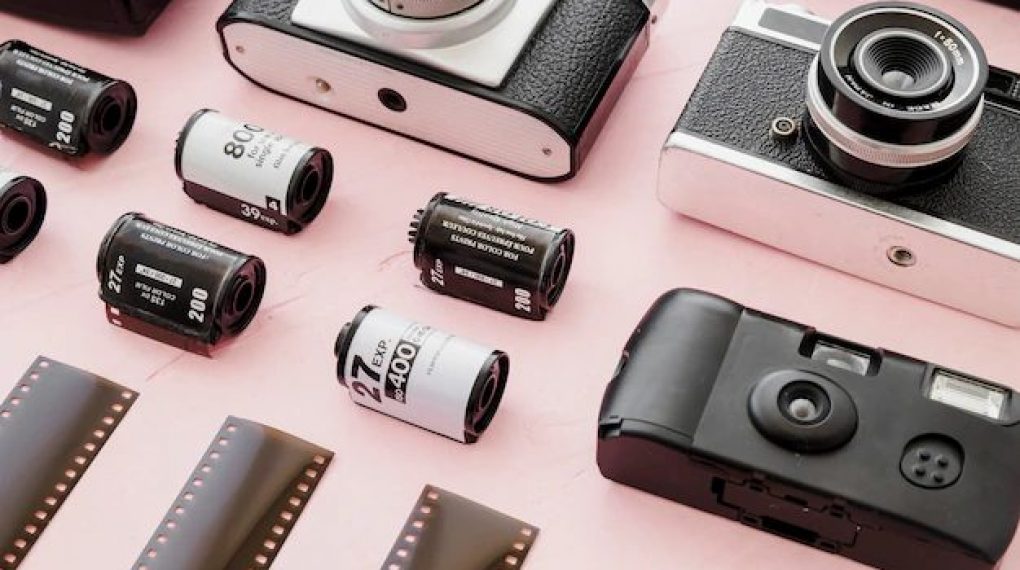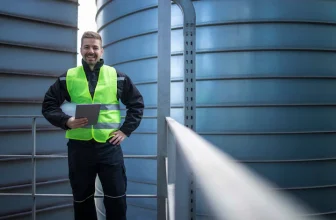
In our fast-paced digital age, there’s something enchanting about the world of film cameras.
The soft clicks, the winding of the film, and the anticipation of waiting for your photos to develop evoke a sense of nostalgia that no digital device can replicate.
If you’re curious about stepping into the realm of film photography, this guide will walk you through the timeless art of capturing moments with film cameras.
Choosing the Right Film Camera
The market is brimming with a variety of film cameras, ranging from classic 35mm point-and-shoots to sophisticated medium-format cameras. Consider your preferences, budget, and intended use when choosing a film camera. Each type has its unique charm, so don’t hesitate to explore and find the one that resonates with your style.

Batteries in the Analog World
Let’s look into battery requirements for film cameras. While the magic of film photography lies in its analog nature, some film cameras do require batteries to power essential functions. Unlike digital cameras that rely heavily on batteries, film cameras generally use them sparingly. The batteries in film cameras typically serve specific purposes, such as operating light meters and electronic shutters.
- Light Meter Batteries: Many film cameras feature built-in light meters that help determine the appropriate exposure settings. These light meters often require small batteries, commonly found in electronics stores. It’s advisable to carry spare batteries, ensuring your light meter is always ready to assist in capturing that perfect shot.
- Electronic Shutter Batteries: Some advanced film cameras come with electronic shutters that, too, need batteries to function. These batteries power the intricate mechanisms responsible for controlling the shutter speed. When venturing into film photography, check your camera’s manual to identify any battery requirements for optimal performance.
Tips for Film Camera Enthusiasts
1. Embrace the Process: Film photography is not about instant gratification. Embrace the process of shooting, developing, and waiting for your images to materialize. The anticipation adds a layer of excitement and satisfaction that is unique to film.
2. Experiment with Film Types: One of the joys of film photography is experimenting with different film stocks. Each film type has its own characteristics, from vibrant colors to moody black and white tones. Try various films to discover your preferred aesthetic.
3. Master Manual Settings: Unlike many modern digital cameras, film cameras often require manual adjustments for focus, aperture, and shutter speed. Take the time to understand these settings, as they give you greater control over the final result.
4. Learn the Art of Developing: While you can send your film to a lab for development, there’s a special satisfaction in developing your film at home. It’s a skill worth learning and adds a personal touch to your photographic journey.
Preserving Memories Through Prints
In the age of endless digital files stored in the cloud, the tangible aspect of photography often takes a backseat. However, one of the most rewarding aspects of film photography lies in the physical prints that result from the process.
- Printing Your Photographs: With film photography, the culmination of your efforts isn’t a digital file but a print that you can hold, frame, and share. The act of printing your photographs transforms them from fleeting images on a screen to tangible pieces of art. Explore different printing options, from traditional darkroom prints to modern photo labs that can bring your film captures to life.
- Creating a Photo Album: In the era of social media, the concept of photo albums might seem quaint, but there’s something deeply special about curating your physical collection. Craft a photo album with your favorite prints, documenting the stories behind each image. It becomes a cherished keepsake, a testament to the time and effort you invested in each shot.
- Sharing Prints with Loved Ones: In a world dominated by digital sharing, presenting someone with a physical print feels remarkably personal. Share your film photographs with friends and family by gifting them prints. The act of giving someone a tangible piece of your work creates a connection that goes beyond the digital realm.
- Displaying Your Work: Frame your best prints and adorn your living space with the art you’ve created. Whether it’s a striking landscape, a candid portrait, or a snapshot of everyday life, displaying your film photographs adds a touch of warmth and personality to your surroundings. It’s a constant reminder of the moments you’ve captured and the stories behind each image.
Conclusion
Capturing timeless moments with a film camera is not just about taking pictures; it’s about embracing the entire process—the feel of the camera, the smell of the darkroom, and the joy of holding a physical photograph in your hands.
So, whether you’re a seasoned photographer or someone picking up a camera for the first time, venture into the world of film photography. Let the grainy textures and unexpected imperfections tell your story in a way that pixels never could. As you embark on this analog adventure, remember: it’s not just about the destination; it’s about savoring every step of the journey.
Read Also:






